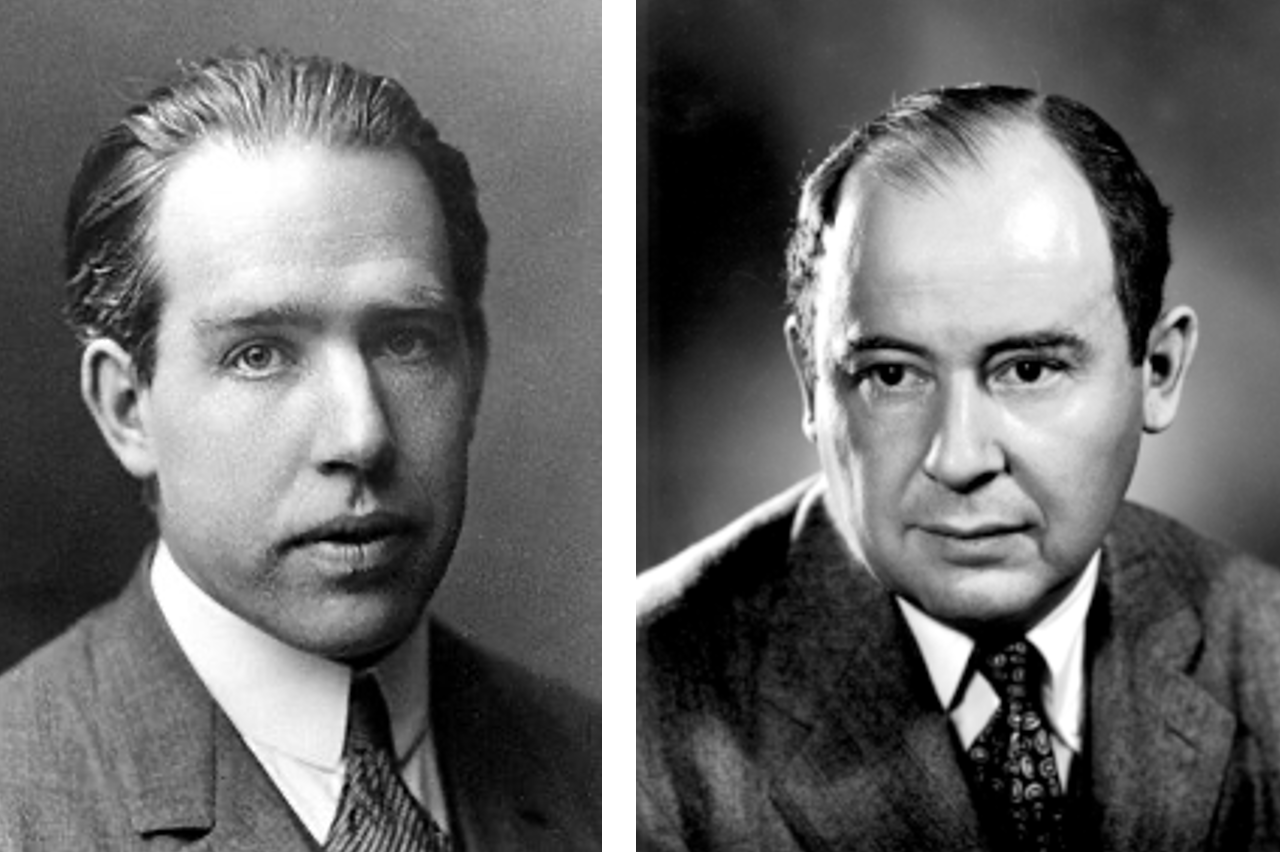EPJ H Highlight - Were Bohr and von Neumann really in conflict over quantum measurements?
- Details
- Published on 18 September 2024

Analysis suggests that the two pioneers of quantum mechanics may have had more similar views than previously thought regarding the nature of quantum systems, and the classical apparatus used to measure them.
In the early years of quantum theory, two foundational thinkers developed independent ideas about how measurements of quantum systems should be interpreted. While Niels Bohr suggested that these measurements require a clear distinction between the quantum system being measured and the classical apparatus performing the measurement, John von Neumann argued that quantum mechanics should apply to everything, including the measurement apparatus.
Since these interpretations emerged, quantum theorists have widely viewed them as being in conflict with each other. Yet through new analysis published in EPJ H: Historical Perspectives on Contemporary Physics, Federico Laudisa at the University of Trento suggests that Bohr and von Neumann’s views are far closer than currently thought.
The concept of measurement is central in Bohr’s interpretation of quantum mechanics, especially in its description of interactions between quantum systems and classical measurement apparatus. Developed in the late 1920s, Bohr’s theories didn’t include a formal model of the measurement process, but did highlight a crucial need for classical concepts when describing quantum experiments.
This led to early debates on the relationship between the classical and quantum worlds, especially in the context of measurement. All the same, early textbooks didn’t explicitly address the idea that quantum laws should be applied to classical systems during measurements.
Later on in 1932, von Neumann provided a formal measurement model which suggested that quantum mechanics must indeed govern the properties of both the quantum system and the measurement apparatus. For many theorists, this interpretation appeared to be in direct conflict with Bohr’s theories.
In his paper, Laudisa questions whether Bohr would have actually disputed von Neumann’s interpretation after all. By examining his ideas more closely, he argues that Bohr’s views on classical concepts could have aligned more closely with von Neumann’s approach than theorists presently believe.
Based on this insight, Laudisa re-evaluated the similarities between the views of both researchers regarding the quantum measurement process. He now hopes that the insights gathered from this analysis could contribute to a more accurate history of the measurement process in quantum mechanics.
Laudisa, F. Bohr and von Neumann on the universality of quantum mechanics: materials for the history of the quantum measurement process. EPJ H 49, 20 (2024). https://doi.org/10.1140/epjh/s13129-024-00082-7




